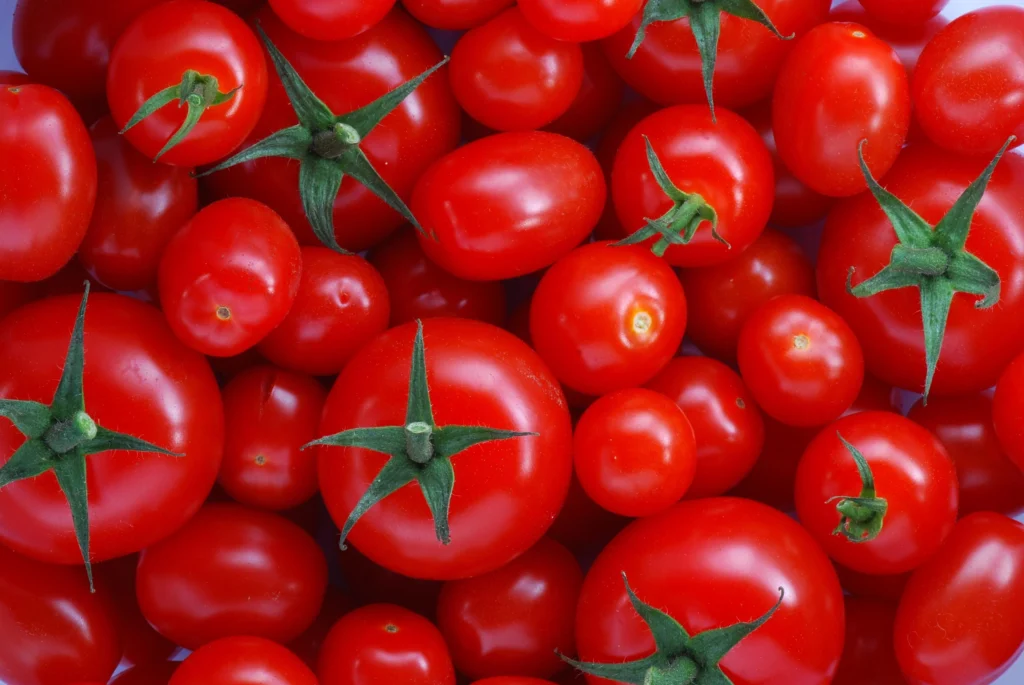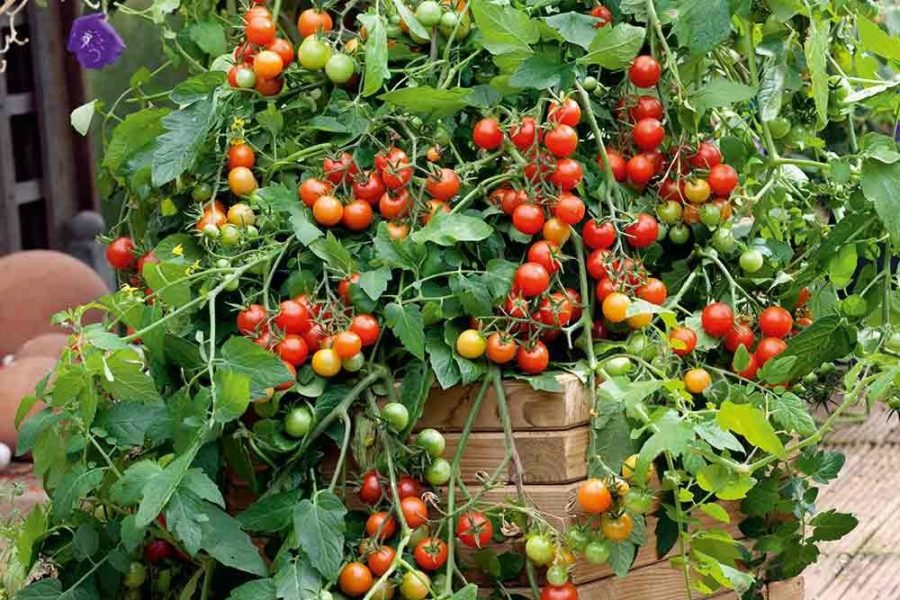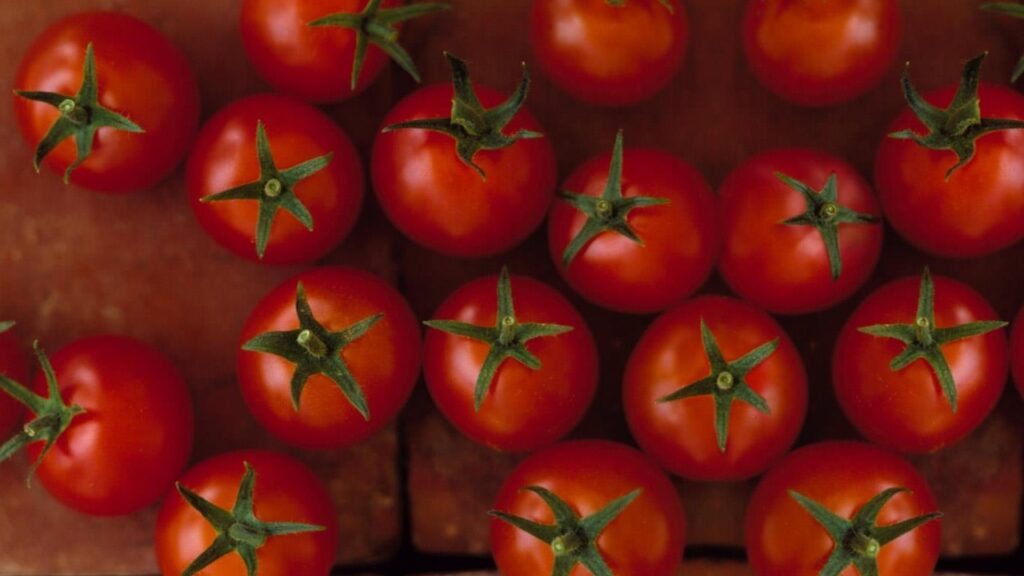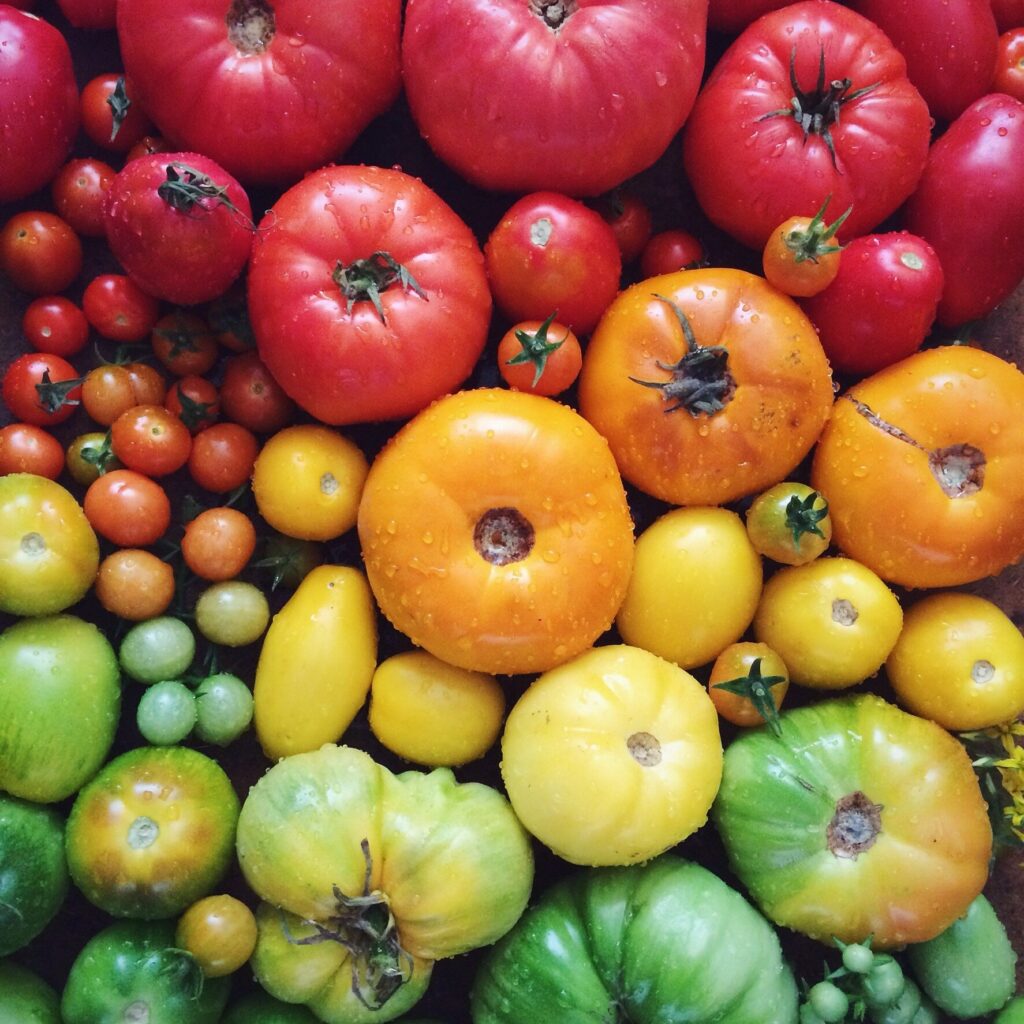
Yes, it is that time of the year, the beginning of the tomato growing season and a whole lot of stupid crazy takes possession of the general populace.
The weather warms, the sun kisses the cheeks of the face and the scent of spring hangs fresh in the air. The biting frosts seem to have abated, farewelled and forgotten, with scant thought of their future certain return.
And thus, the great gamble begins. To compete, even cheat the might of mother nature. It is the ultimate game of chance, a continuous throw of the dice, a repeated spin of the weather wheel. It is when the merry waltz of early spring’s optimism, is so very darkly partnered with the dangerous dance to dodge the deadly bullets of late frosts. Yes, it’s a real game of Russian roulette.
Thankfully today, we have access to 7-day weather forecasts, updated twice a day, so the odds of success are greatly enhanced. Local wisdom advises that you should wait until the Melbourne Cup has run to plant out your seedlings.
However, if you don’t begin a good 4 to 6 weeks earlier you will be impatiently awaiting your first crop until way, way after Christmas celebrations have come and gone. Tomatoes need a good three to four months of hot weather to produce flowers, then fruit and ripen successfully. If you have a heated greenhouse, you can certainly start earlier. But for me, it’s to prepare the soil early, wait with great and singular patience, then buy the plant and put it in the ground, no fuss, little work, just easy as. If a frost is predicted, which will be certain but rare, I wrap it with a few layers of frost cloth.
For me late September to early October is when my tomato growing season begins in earnest and my own fine gamble commences. In both pots and in the ground. Any earlier the plants will sit, stubbornly stationary and just simply sulk. For the days are not hot or long enough and the soil is still too cold.

I grow only the cherry and grape varieties. This is because they mature and crop a good 4 to 6 weeks earlier than larger varieties, their fruit rarely split and most importantly they are immune to the wrath and scourge of fruit fly. There is one great exception, the large Black Russian. In addition, I only ever plant advanced large single plants, and again you are ahead in their time of growth by another 3 good weeks or so.
Being a one-person household, plus a voracious feeding, ‘Big Daddy’ possum and an alcoholic cat from next door called just ‘Cat’, as companions, I believe 3 plants should be just about enough. Throughout the season, other than the daily tossed salads, I will need tomatoes for the hearty breakfasts, the sandwiches, the stir fries, the soups, the sauces, the dips, the Thai jams and relishes, the chutneys and the obligatory gifts to others. And then so mightily important, are the cocktails of chilled vodka splashed over the before prepared and frozen, boulder sized ice cubes of the combined and blended Black Russian tomatoes and Bloody Mary ingredients. On a hot summer’s day, it is my drink of decadence, and I know I very well deserve it. Yep, maybe 10 or even a dozen plants would be better.
My goal and yours is to harvest a good 10 kilos of tomatoes per plant and the first harvest to coincide with Christmas celebrations.
Soil preparation
To begin we need to look at the most effective fertilisers for growing tomato plants. It is essential they have high NPK ratios for they are the greediest of plants for food and nutrients. I use Sudden Impact, a reputable rose fertiliser which has an NPK of 10:4:6. This great concentration of nutrients is why it is so expensive to buy. In comparison are the animal manures which most gardeners use to fertilise their tomato plants.
Chicken fertilisers have a NPK 3.5: 1: 1.5. horse manures a NPK 1:02:03 and cow manures 2:1:2, so both should be used only as soil conditioners. Thus, for the best fertilisers to use I will let you do the maths.
This is my recipe for the optimum soil preparation for each single plant. Soil prep in pots and raised garden beds are the same, except the compost is replaced with potting mix for pots and ½ potting mix and ½ compost for raised garden beds.
• 2 hand full of charcoal
• 5 hand full of Seamungus
• 1 ½ hand full of rose fertiliser
• ½ bag or more of the best quality compost,
• ½ handful of lime
• ¼ handful of potash
Charcoal – This is a trick I learnt from Peter Cundall, the iconic former host/presenter on Gardening Australia. The charcoal stores the tea tonic of combined water, fish and seaweed and when in summer the growing roots of the tomatoes reach the charcoal an explosion of growth will be certain to follow.
Seamungus – I would literally sell my soul before not using this product. It is a commercial pelletised fish and seaweed product which promotes a profusion of invaluable white root growth of more than 50%, which thus means the plant can take in more food and water. It is not a fertiliser per say, but a tonic, so unlike fertilisers you can never apply too much. It also greatly enhances the quality and texture of the soil, acting like water crystals in conserving water and invites greater microbe and worm populations with their consequent highly beneficial activity in further improving the condition of the soil. In essence it creates healthier plants with greater resistance to disease, heat and water stress. It’s a total bingo product for every gardener.
Lime helps in preventing future splitting of their skins and blossom end rot of the fruit. Potash is essential for flower and fruit production. It promotes water absorption through the roots and helps break down the sugars so they can be taken up by the plant as food. It also creates greater immunity to pests and diseases.

Planting
• I plant each tomato one and a half metres apart, to accommodate a full season of growth.
• In a large bucket of water toss in about 3 full handfuls of Seamungus and stir well for a day, to create the tea.
• Place 3 handfuls of charcoal into the tea and let it steep for a few days until it has absorbed most of the tonic liquid.
• Dig a hole as generous in width and depth as possible.
• Throw the charcoal into the bottom of the hole and dig in loosely. Any extra tea of Seamungus can be used for watering in after planting.
• Combine in a large bucket a small portion of the excavated soil with the compost, fertiliser, lime, and another handful of Seamungus. Your own soil will have a portion of the worm eggs and microbes you need to create a healthy soil.
• Very importantly you should cut off the lower leaves and branches and the bury the stem in the soil by about half its overall height. This will create new roots along the buried stem, thus strengthening both the stem and the plant.
• Backfill with the prepared planting mix.
• Ensure the seedling is planted in a surrounding large and wide and at least 10cm high moat of compost, so deep watering is possible throughout the coming season.
• Like icing a cake, top with the last handful of Seamungus and a final sprinkling of potash for good measure. Water deeply and mulch with sugar cane.
Staking and Pruning
There is an abundance of advice about pruning your tomatoes for greater cropping. Prune this leader, layer that lateral, cut here and cut there, do this and do that with each truss. I find it all too confusing and challenging and I am too time poor or even downright just too lazy to bother with it.
So, bugger all that. As the plant grows, I just hammer in another stake about 50cm away and tie each new fattening long stem with grafting tape, which is elastic and forgiving enough not to damage and cut into the expanding growing stems. Then I just let it all happily continue to scramble and climb at its own leisure. As the growing season continues, each plant at it grows upwards and outwards, receives at least 3 to 6 stakes. The increased foliage also acts like an umbrella or canopy to protect the fruit from the harsh summer sun.
Watering
For a successful crop this is probably the most vital and mandatory task of them all. At the height of summer tomatoes are the thirstiest of feeders. Deep and regular watering is essential for their growth and health. Intermittent and shallow watering leads to poor growth, the size of the fruit, the splitting of their skins and the loss of the fruit’s juiciness and flavour. This is why the regular maintenance of the high moat of soil surrounding the tomato is so important.
Always water at their base of the plant. If you water the plant from overhead too often, the foliage will succumb to the disease perils of mildew and blight.

Companion planting
Regarding companion planting, tomatoes are said to grow well with basil, parsley, all alliums, asparagus, and nasturtiums, and it is often stated marigolds will deter aphids and fruit fly.
Further fertilisers and tonics
When the tomatoes produce their first truss of fruit, I apply further applications of Seamungus followed by the same recipe of fertilisers mentioned when first preparing the soil, but at half strength. At this time, you can also dress them with a liquid potash fertiliser weekly, to encourage further flowering and fruiting.
Happy gardening, good luck and have fun. I hope you have a bumper crop by Christmas.
Regards Ned McDowell